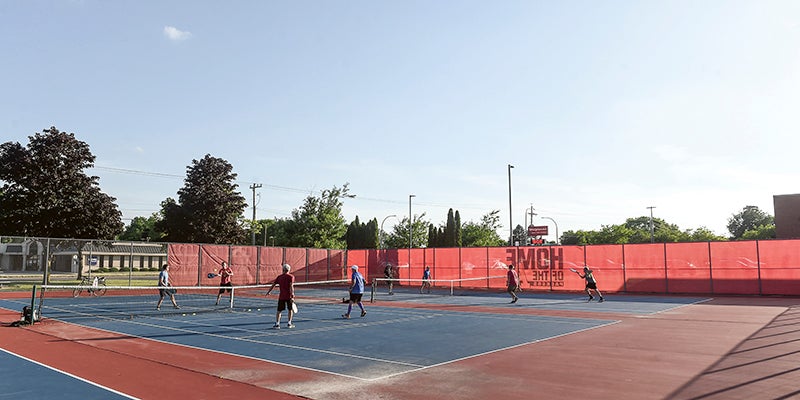Grad rates on the rise; Percentages go up last three years
Published 10:20 am Thursday, February 25, 2016
Austin Public Schools’ four-year graduation rate continued to rise for 2015 at 75.9 percent, but it is still below the state’s 81.9 percent.
“We saw districtwide an upward trend in our four-year graduation rate from last year to this year,” Director of Research Corey Haugen said. “We were happy to see that increase. For the last three years, we’ve seen it increase and we want to continue to see that increase as we move forward.”
The 2015 four-year graduation rate of 75.9 percent was up from 2014’s 73.7 percent, and up further from 2013’s 70.5 percent.
The district also saw an increase in the five- and six-year graduation rates, which calculate graduation rates for students who graduate in either five or six years. Five-year graduation rates went up in 2015 to 79.6 percent from 2014’s 77.2 percent, and six-year graduation rates rose to 80.4 percent in 2015 from 78.8 percent in 2014.
“It’s nice to see that we’re getting those students through in five or six years,” Haugen said.
Haugen said there has been a concerted effort over the last few years in regards to post-secondary, along with career and college readiness, emphasizing its importance, and the importance to get a high school diploma.
The district is still below the state on the four-year graduation rate, though. Haugen noted several challenges Austin Public Schools faces, including a large numbers of English Language Learners, non-white students, and free and reduced lunch students.
“We have more students of color; we have more students … coming from economically disadvantaged environments,” Haugen said.
The district has 15.5 percent students that are ELL, 56.4 percent students who are free and reduced lunch, and 42.3 percent students who are non-white. There is also 16.3 percent students that are in special education.
“We have a firm belief that all students can succeed, it’s just when you’re looking at a student coming in from another country and they have zero to little English, and expecting them to graduate in four years … that’s kind of the challenge we face,” he added. “We’re more than double the statewide ELL [English Language Learners] population.”
Haugen noted the students are smart, it just takes them additional time to master English, which pushes everything else back. Overall, Haugen said administrators are happy to see the rates continue to rise, but the main goal is to keep improving.





